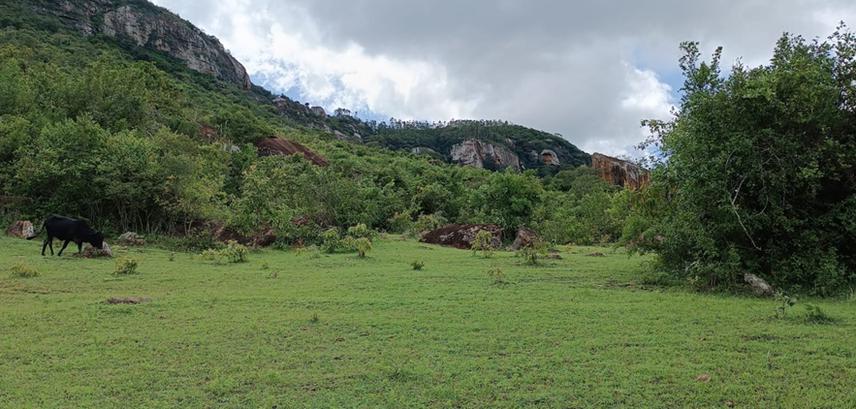Justus Mulinge Munywoki
Other projects
13 May 2020
Conservation of Threatened Plant Species in Makueni, Kenya, through Community Mobilisation I
27 Apr 2022
Conservation of Threatened Plant Species in Makueni, Kenya, through Community Mobilisation II
Nature conservation has been part of cultural norms, especially among rural communities worldwide. Sacred natural sites (sacred groves, trees, hills, springs, mystical caves, and legendary rocks) within Makueni County (Kenya) serve as repositories of the community’s rich biocultural heritage protected by taboos and totemic hindrances. They are safe havens for threatened biodiversity and locals’ treasured sources of herbal medicine, vital food supplements, water, nutritious wild fruits, and other products of equal importance. Additionally, they serve as carbon stores contributing to climate change mitigation. Several sacred sites were identified during the first and second Rufford Small Grant field expeditions. These sites harbour stable subpopulations of threatened species such as Millettia vatkei P.K. Lôc (EN), Euphorbia friesiorum (A. Hassl.) S. Carter (VU), Pavetta teitana K. Schum (VU), Thunbergia napperae Mwachala, Malombe & Vollesen (VU), Dorstenia arachniformis Matheka, Malombe, T. Mwadime & Mwachala (CR), Aloe ngutwaensis T. Mwadime & Matheka (CR), Afrocanthium keniense (Bullock) Lantz (VU) and globally vulnerable Kenyan endemic bird Turdoides hindei Sharpe.

Part of Matooi Hill in the study area with a mystical cave. Adjacent to this cave, critically endangered plant species have recently been discovered. ©J.M Munywoki.
Regrettably, these remnant patches of natural vegetation and cultural heritage are increasingly threatened to extinction by changing attitudes, unawareness, and erosion of cultural values. We will likely lose these sites, constituent species, and associated cultural values if not mapped and some recognition by landowners and the county government enhanced. Although only some studies exist for the area, none uniquely tackles the biocultural aspects as the proposed work. Moreover, there are no community conservation interventions to preserve them. This underscores the need for more holistic and culturally sensitive approaches to sustainable utilization and management of sacred sites, including value addition through eco-tourism. It adopts a grassroot participatory approach that build conservation on local knowledge systems and management tuned to the community’s needs and values through co-creation of conservation plans that blend traditional practices with scientific findings.
Specifically, the proposed project seeks to:
1. Establish a baseline inventory of all sacred natural sites of high-biocultural value within the eastern Nzaui landscape.
2. Develop and implement a community-based management plan for the identified sacred natural sites.
3. Promote awareness and build local capacity for sustainable conservation and management of the sacred natural sites.
4. Strengthen existing alternative nature-based livelihood sources in the area.
This project will serve as a model for community-led conservation initiatives, facilitating the integration of indigenous knowledge and modern scientific approaches to preserve biodiversity and cultural heritage.
Header: A boulder-strewn hillside of the Nzaui sacred hill in Makueni county. The hill is home to various rare and threatened species and also believed to be the origin of the Kamba community. ©J.M Munywoki.